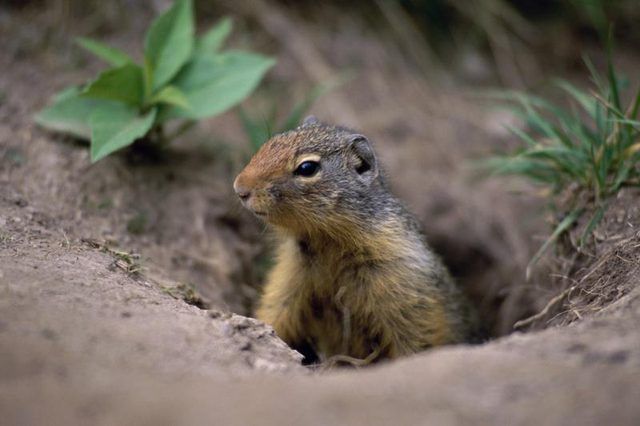Bulbs
Flower Basics
Flower Beds & Specialty Gardens
Flower Garden
Garden Furniture
Garden Gnomes
Garden Seeds
Garden Sheds
Garden Statues
Garden Tools & Supplies
Gardening Basics
Green & Organic
Groundcovers & Vines
Growing Annuals
Growing Basil
Growing Beans
Growing Berries
Growing Blueberries
Growing Cactus
Growing Corn
Growing Cotton
Growing Edibles
Growing Flowers
Growing Garlic
Growing Grapes
Growing Grass
Growing Herbs
Growing Jasmine
Growing Mint
Growing Mushrooms
Orchids
Growing Peanuts
Growing Perennials
Growing Plants
Growing Rosemary
Growing Roses
Growing Strawberries
Growing Sunflowers
Growing Thyme
Growing Tomatoes
Growing Tulips
Growing Vegetables
Herb Basics
Herb Garden
Indoor Growing
Landscaping Basics
Landscaping Patios
Landscaping Plants
Landscaping Shrubs
Landscaping Trees
Landscaping Walks & Pathways
Lawn Basics
Lawn Maintenance
Lawn Mowers
Lawn Ornaments
Lawn Planting
Lawn Tools
Outdoor Growing
Overall Landscape Planning
Pests, Weeds & Problems
Plant Basics
Rock Garden
Rose Garden
Shrubs
Soil
Specialty Gardens
Trees
Vegetable Garden
Yard Maintenance
How to Get Rid of Burrowing Animals
How to Get Rid of Burrowing Animals. If you notice tunnels or mounds on your lawn, it has probably been taken over by a burrowing animal. But yard damage alone doesn't help you identify which animal, and you need to know. Moles, gophers, voles and groundhogs all burrow, but they are different animals with different needs and habits; no single...

If you notice tunnels or mounds on your lawn, it has probably been taken over by a burrowing animal. But yard damage alone doesn't help you identify which animal, and you need to know. Moles, gophers, voles and groundhogs all burrow, but they are different animals with different needs and habits; no single control strategy will work for all of them. Trapping is usually the most effective option, but there are other, more humane solutions.
Identifying the Pest
Mounds and tracks are usually the work of a mole, a solitary grub-eater that rarely, if ever, comes above ground. Gophers are much larger critters that also sometimes make mounds, but they are rodents, which means wilting and dying plants are common signs of their tenancy. They come to the surface more often than moles and may even steal your prize cucumbers. Voles are also root-eating rodents, but they are much smaller than gophers. They often move into tunnels created by moles, so a lawn full of molehills doesn't necessarily mean a mole is living in the burrows. Because voles are far from solitary, they can cause extensive damage to your garden.
Castor Oil and Soap
If you aren't sure which critter you're dealing with, a possible strategy is to mix a solution in your garden sprayer -- consisting of 1 to 2 ounces of scented castor oil and 1 to 2 ounces of dish detergent in water -- and spray it on the lawn. Voles in particular -- and to some degree, gophers -- find this mixture disagreeable, and it might convince them to leave. It isn't likely to deter a mole, however, and it may force voles and gophers deeper into the ground or merely to a different part of the yard. This nontoxic strategy may work, however, especially if you repeat if frequently.
Habitat Modification and Natural Predators
A number of predators love to feast on burrowing animals, including owls, snakes, cats and even dogs, but any burrowing animal is safe as long as it stays underground. One way to draw them to the surface is to water only enough to keep the lawn alive, allowing the deeper soil to dry out. If you then release gopher snakes, encourage your cats to hunt or invite a barn owls to your yard by erecting a shelter for them, they will have a better chance of catching the varmints. The opposite strategy -- flooding the tunnels -- is seldom successful, and it can undermine the soil in your yard.
Setting Traps
Animal control specialists are unanimous in advising that trapping is the only sure-fire method to control burrowing animals. Traps are species-specific and must be deployed in specific ways, depending on which critter you're trying to catch. Scissors- or spear-like traps must intersect a mole tunnel to catch a mole, but the same type of trap must be placed at the burrow entrance to catch a gopher. Toxic baits are more effective for catching gophers and voles, which frequently come to the surface, than moles, which don't. Exercise care when using toxic baits, because they can harm dogs and cats as well as the varmints you're trying to catch.